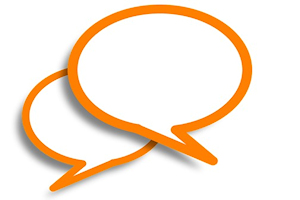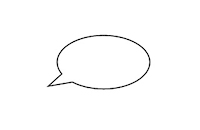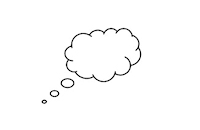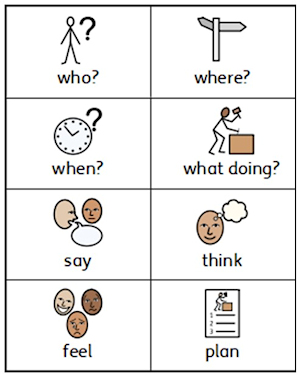What are Comic Strip Conversations?

Comic strip conversations were created by Carol Gray.
They are simple line drawings used to show what is going on in a conversation. They show what people say as well as what they are thinking and feeling.
How are they helpful?
- They help individuals identify how someone else may feel and what they may be thinking in a certain situation.
- They can be used to solve problems and to identify solutions for similar situations that might happen in the future.
- They can help develop understanding of emotions and feelings.
Before you start
Comic strip conversations can take place anywhere that you have a pen / paper. Try to create a distraction free quiet, place bearing in mind this isn’t always possible!
Some people like to use a folder / notebook specifically for their comic strip conversations so they can refer back to them. However, you can use a single piece of paper that can be thrown away or a whiteboard/tablet.
When you first introduce comic strip conversations it is important to do so when talking about a positive or neutral experience.
How to use
Let your child choose what they write on and let them do the drawing / writing themselves if they wish (they might need you to do the writing and drawing at first, while they learn the process).
Remember, they are a tool to support understanding of a situation and help your child come up with solutions themselves. They should not be used as a tool to direct your child to behave in specific way.
Reflect on real life events/conversations

Use talking bubbles to record what was said.
 Use thought bubbles to show thoughts during the interaction
Use thought bubbles to show thoughts during the interaction
You may want to ask some questions if the young person needs some support to recall the event/conversation. E.g.
- Where were you?
- Who else was there?
- What were they doing?
- What happened?
- What did you say?
- What were you thinking when you said that? What do you think the other person was thinking when you said that?
- How did you feel at the time?
- How do you think the other person felt?
If your child has difficulty identifying what others might be thinking, accept their ideas as valid but introduce another idea e.g.
Child – “She said she doesn’t want to play with me - She doesn’t like me”.
Adult – “Maybe she really wanted to read her book and not play with anyone’’.
Example comic strip conversation:

Top Tips
Don’t worry about how good your drawings are! Stick people are okay.
If reflecting on a situation that is emotive make sure you wait until your child is feeling calmer. We all struggle to reflect when we are dysregulated!
If reflecting on a conversation where things didn’t go well, think about what could be said or done differently next time but remember comic strip conversations should not be used as a tool to judge behaviour.
You can use comic strips to prepare for an event that hasn’t yet happened, but be clear you can’t be sure what others will say or do.
You can use this prompt sheet if it helps your child think about the event/conversation:

Last updated10 Sep 2025

